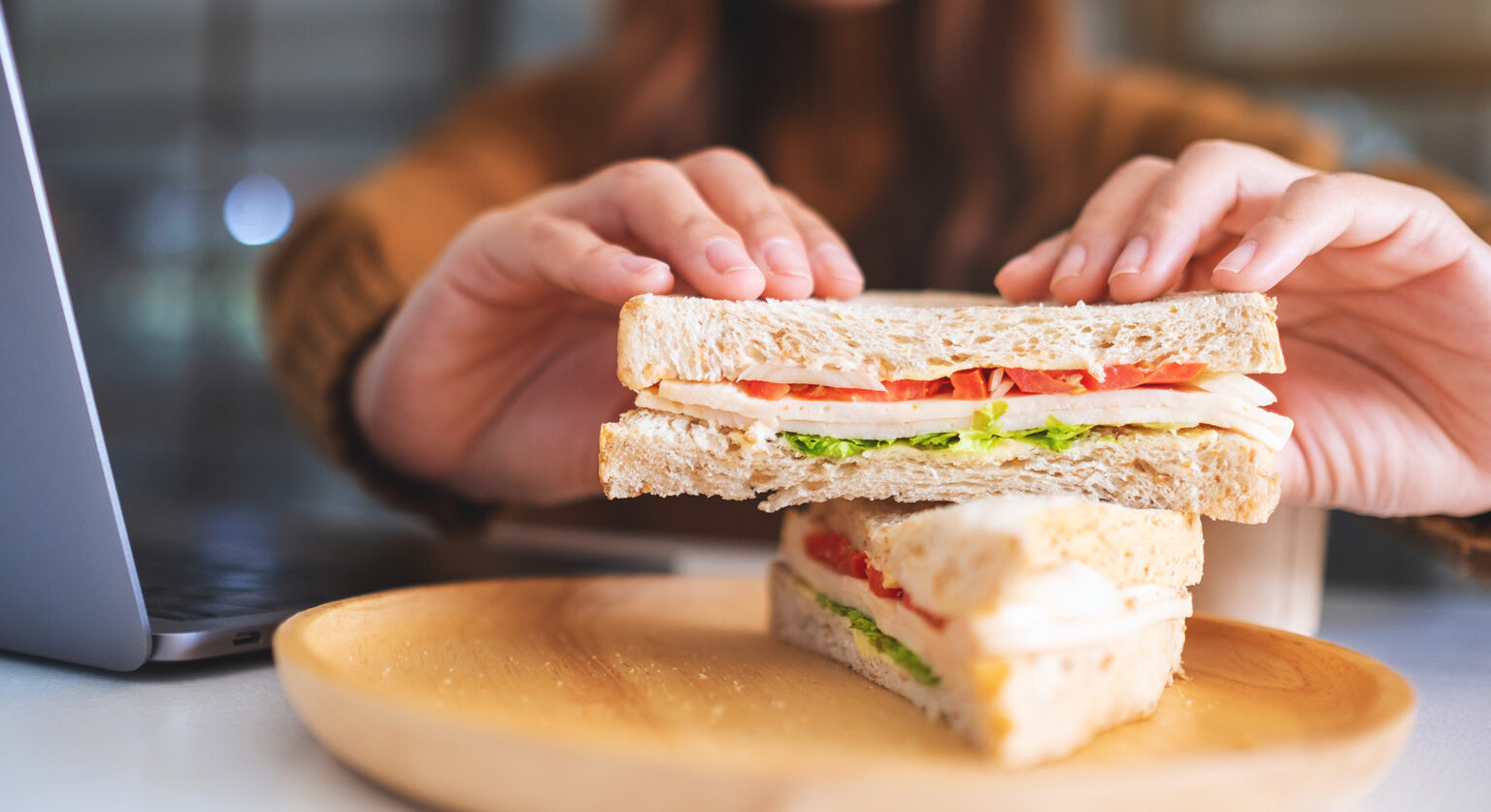Have you ever wondered what makes the avocado and camembert sandwich you had yesterday so delicious? Or the granola with kefir, banana and seed topping you had this morning? Believe it or not, while enhancing our well-being, microbes play a major role in shaping the taste and texture of the foods we eat. It may be obvious in the case of the cheese and the kefir, but it’s certainly less clear when it comes to avocados, fruits, and seeds.
Paradoxically, although we know that these tiny organisms—especially bacteria— are crucial for our overall health and we take them every day with all the foods we consume, very little was known about them.
Now, for the first time, an international team of researchers has mapped the microbiome of more than 2,500 different types of food from 50 countries. They have discovered almost 11,000 microbial species, half of which were unknown to science.
One of their key discoveries is the significant influence that the food microbiome can have on our gut microbiome. They found that 3% of an adult’s gut microbiome is directly acquired from food, while in infants, this percentage rises to 56%.
A food microbiome atlas
As we’ve previously explained in this blog, the human microbiome is composed of nearly 40 billion microorganisms, most of which are found in the gut. Similarly, a food microbiome consists of all the microbes present in a particular sample. In some foods, these microbes are well-known, such as the yeast used in making bread and beer. Molds from the Penicillium genus are also familiar, as they give Camembert and Brie their creamy (and delicious) interiors and characteristic white exteriors.
Despite these well-known examples, most food microbes remain largely unidentified or poorly understood. This is why researchers created an extensive food microbiome atlas, cataloging over 2,500 products. These range from dairy, fermented beverages, and fermented meats to fruits, vegetables, fermented seeds, and non-fermented meats and fish. Among the analyzed products were familiar items like yogurt, as well as salami, various pickles, olives, and kombucha.
Scientists discovered new microbial species across nearly all food categories. Only a small minority were harmful, such as E. coli or Staphylococcus aureus, while the rest had either neutral or positive effects on the food. Interestingly, they also identified certain microorganisms that, although not dangerous, may be less desirable due to their negative impact on food flavor or preservation.
“This is the largest survey of microbes in food to date,” says co-senior author and computational microbiologist Nicola Segata, from the University of Trento and the European Institute of Oncology in Milan, in a press statement.
“We can now begin using this reference to better understand how food quality, preservation, safety, and other characteristics are linked to the microbes they contain,” he adds.
According to the authors of the study, this food ‘microbiome Atlas’ could also be used to authenticate the identity and origins of local foods. “This is important because it could further improve the idea of the specificity and the quality of local foods, and we could even use metagenomics to authenticate foods coming from a given facility or location,” highlights Segata.
Impact on human health
The microbes we consume through food interact with our gut microbiota, and these interactions can influence our health. Most of these microbes remain in our intestines for just a few weeks, but some can become stable members of the gut microbiome. In the study, researchers identified that 3% of the adult gut microbiome is linked to food microbiota, while in infants, this figure rises to 56% (likely due to maternal transmission rather than direct food consumption).
“It may seem like a small percentage, but that 3% can be highly significant for their function within our bodies. With this database, we can now begin large-scale investigations into how the microbial properties of food might affect our health,” says Segata.
The findings, published in Cell, highlight the importance of regularly consuming healthy foods—especially whole grains, fruits, vegetables, nuts, and fermented products—to nourish and strengthen our microbiome, ultimately supporting better health..
The database is an open access resource, as the researchers hope it will be used to develop healthier food products and improve health and safety standards in the food industry.
Article:
Carlino, Niccolò et al. “Unexplored microbial diversity from 2,500 food metagenomes and links with the human microbiome.” Cell, S0092-8674(24)00833-X. 16 Aug. 2024, doi:10.1016/j.cell.2024.07.039

